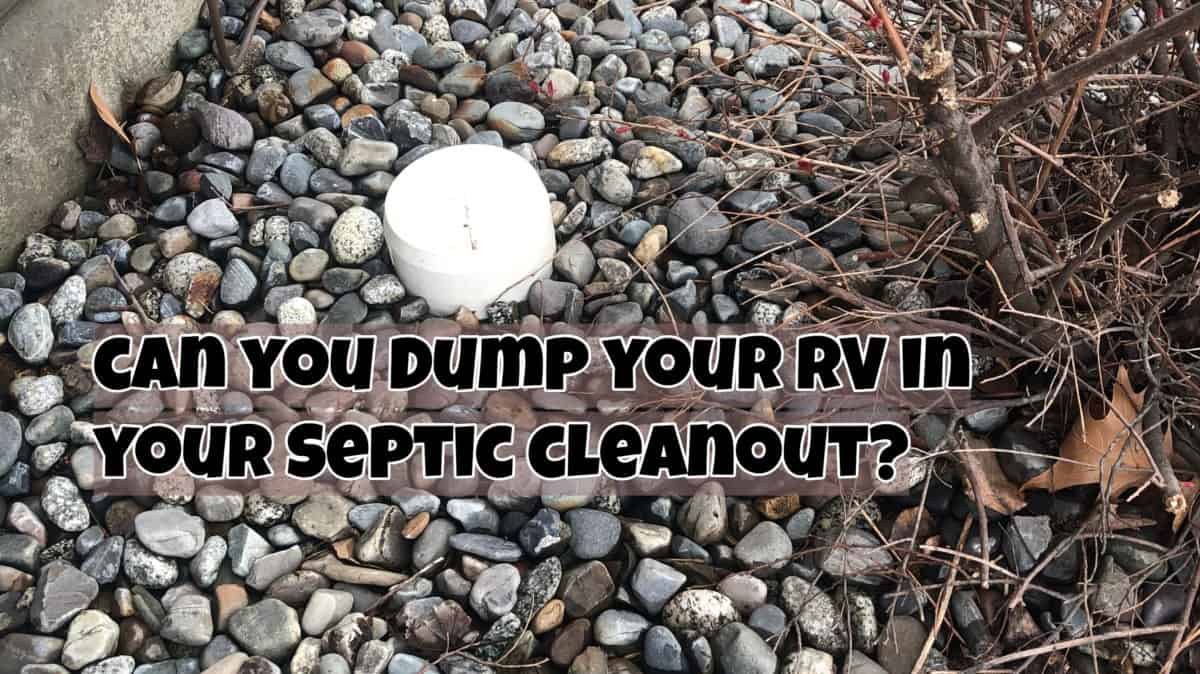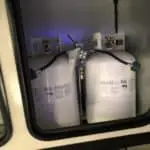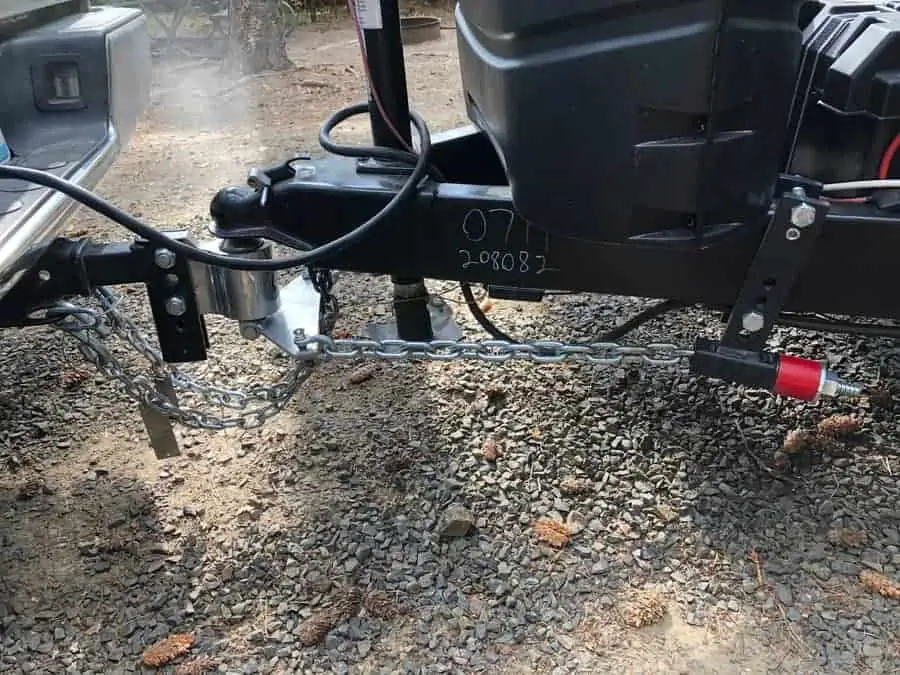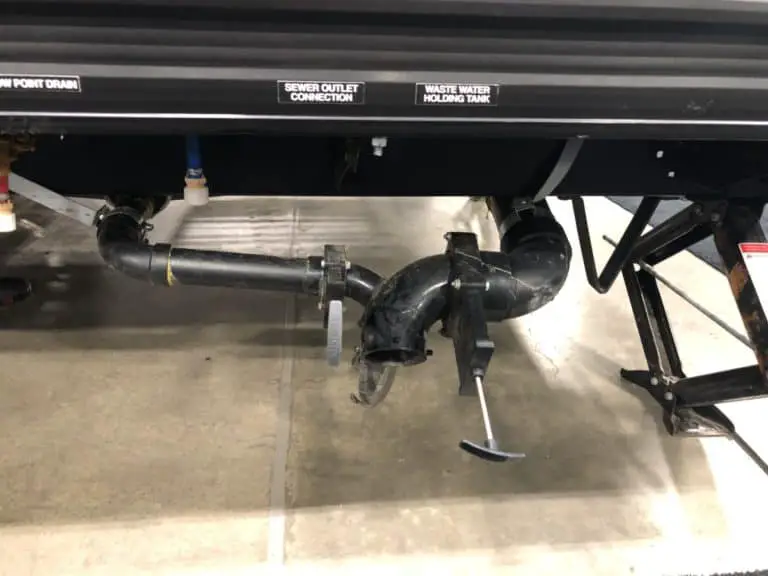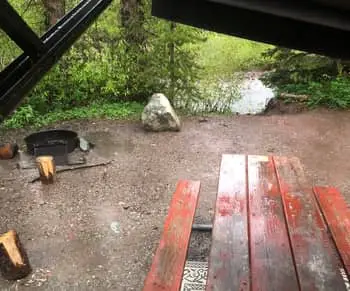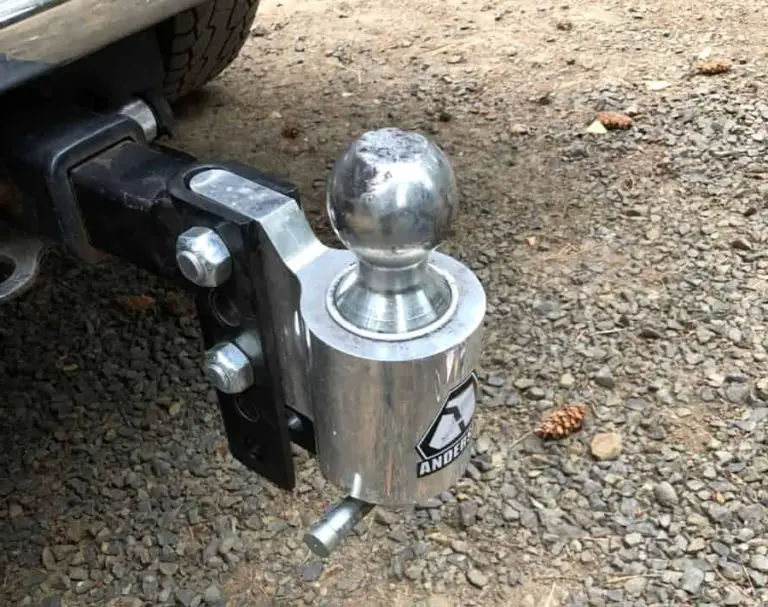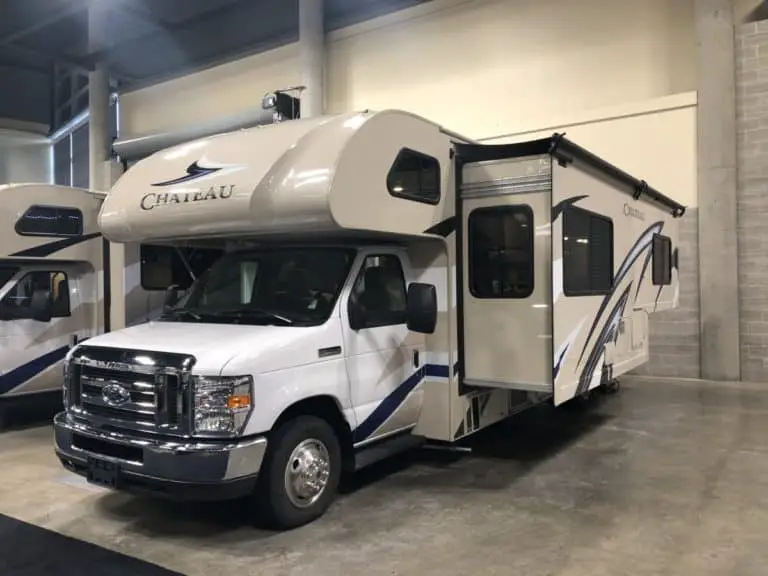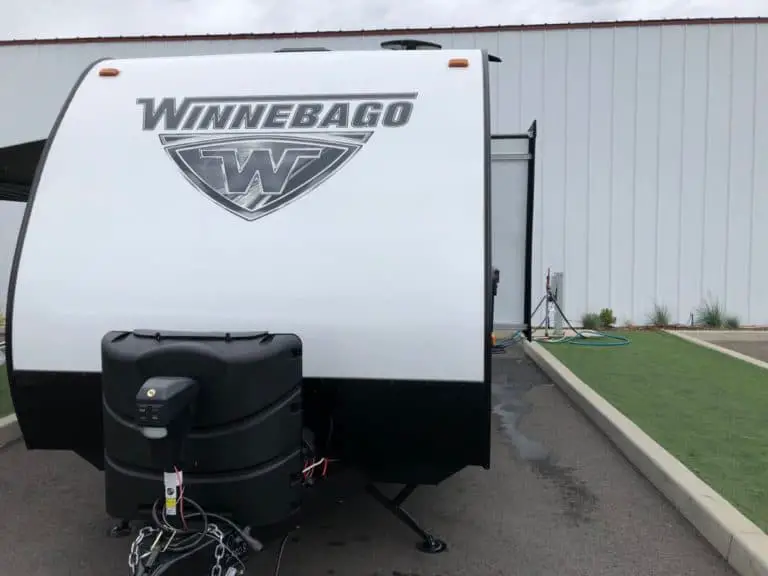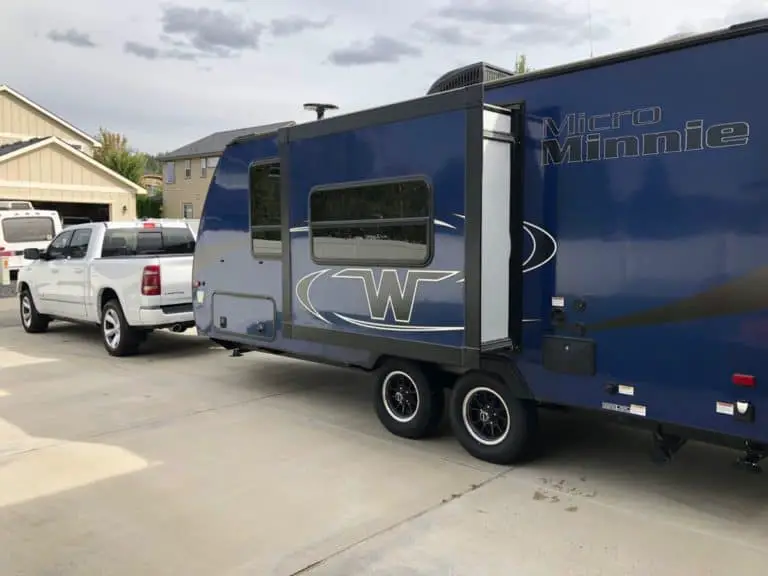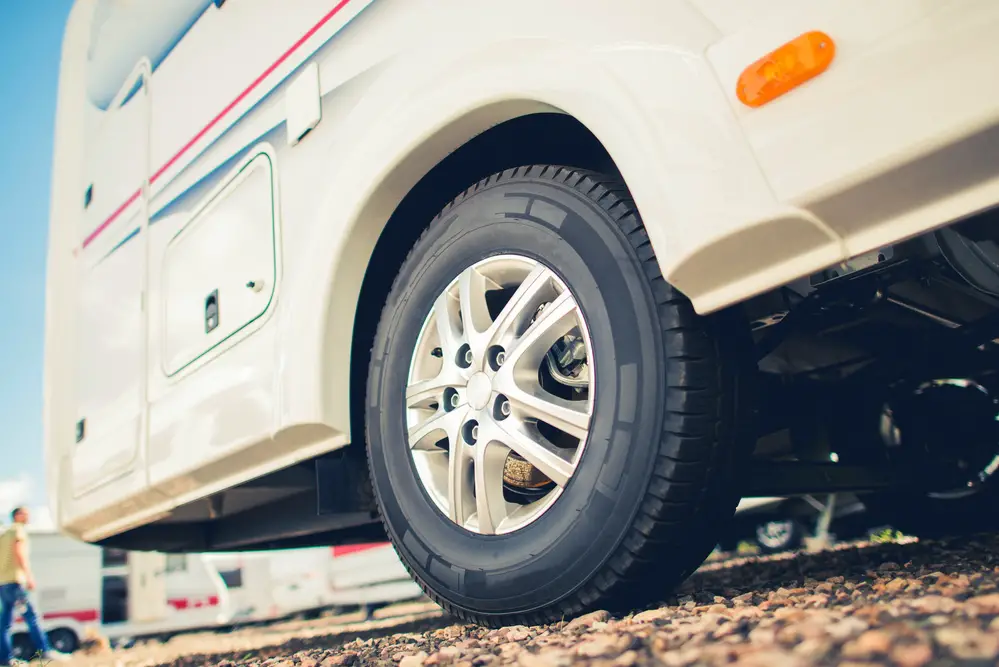Can I dump my RV in a septic tank?
Everyone has busy schedules, and we are all constantly on the lookout for hacks that can help us save time and make our lives more convenient. Case in point the septic tank.
Wouldn’t it be super convenient if you could just attach a hose from the rig to your home septic tank and save yourself a good amount of time and work hooking up your camper, driving to an RV dump station and dumping there?
You can also use this as a more permanent solution if you have family in town or need extra sleeping space and would like to set up your RV for guests.
Can I dump my RV in a septic tank? Yes, you can dump your RV tanks in your septic tank. There is a certain way to go about it, but if done correctly, it will be perfectly fine. Doing this job correctly will avoid having a messy problem that could even get backed up into your house. This is much more convenient than driving to the RV dump and unloading there.
If you take the time to really educate yourself and learn to understand your septic tank and your black and gray water tanks, then you can responsibly and accurately learn to connect your RV to your septic tank successfully. Let us walk you through it below.
First things first, like anything else, there are precautions you absolutely need to take before you get started. Here are a few things to keep in mind:
- Practice Makes Perfect- You probably won’t get it right the first time. This is a relatively simple task to follow, but it’s not exactly easy. It will take some trial and error.
- Keep Your Hands Clean- This is mostly common sense, but this is an extra messy job. Wear thick waterproof gloves to avoid contracting any sewer related diseases.
- Keep an Eye on the Components-This job requires tenacity and a keen eye. The last thing you want is to have a leaky situation. Make sure you are using quality dump hoses. Always inspect for punctured or cracked pipes.
- Wear Protective Gear- Waterproof gloves, goggles, a facemask and again, always wash your hands with soap and hot water after working with a septic tank.
Understand your Septic Tank
If your centralized sewer system is not within a good range of your home, then you most likely have a septic system. The septic system, along with a holding tank, serves as a sewage treatment that breaks down waste and disperses wastewater.
Every time someone in your home flushes the toilet or uses a faucet, the waste and water are pushed through the pipes and out of the house into the septic tank. A baffle in the middle of the tank blocks, sludge, oils, and grease to help prevent blockages. In the middle of the baffle sits an opening that allows for wastewater to pass. This prevents solids from clinging to the bottom and oils at the top from moving up to the drain field.
RV Black and Gray Tanks
In order to dump your black and gray tanks on your RV into your septic system, you will want to make sure you are using septic safe items. These include any chemicals as well as anything you are putting in your tanks such as toilet paper.
If you use non septic tank approved chemicals or paper, you could disrupt the septic tank chemistry and do damage. If you are using non septic safe paper products you could clog your tank and potentially have a backup in your home. Trust me, you do not want this.
How do I empty the RV tank into the Septic System?
Now to the fun stuff. Once you are sure you’ve taken the proper precautions and have inspected your materials you can move forward with dumping your tank.
Dumping through your cleanout
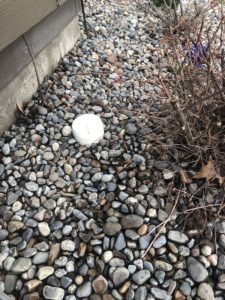
The easiest way to do it is through a PVC pipe above ground with a screw cap called the septic systems cleanout (usually found between the house and the tank).
Remove the cap and attach the sewer hose to your RV. Sometimes, you won’t be able to properly secure the hose to the pipe opening on the first try. Don’t panic, simply put something heavy on top to ensure it doesn’t end up flopping around making a horrible mess.
Leave the RV hooked up and drain the sewage slowly down the septic system. If you are concerned about adding too much waste to the septic at one time, let us put your mind at ease, because the true consensus seems to be the “shock” to the system comes from putting in too much too quickly, rather than simply too much. Just make sure you do it slowly and you will be fine.
After your dump is complete, it is always wise to run a freshwater flush on your black water tank flush just so you get it as clean as possible.
Just like when you dump in a RV dump, dump sewer first then move over to greywater in order to flush out your hose and make it as clean as possible for storage.
Dumping through the Access Port
Another thing to look out for is your access port. Though, if your septic system doesn’t have a cleanout and you have to use the access port be warned. The access port may be directly above your holding tank which is typically adjacent to your hose before it goes to your drain field. The access port usually is about 3′ round like a sewer cap in the road. It may be partially hidden under landscape rocks or bark so you may have to search.
When removing the access port lid, you must use extreme caution. The tanks gases cannot only be incredibly toxic but also fatal. Dumping the tank this way requires teamwork, so make sure you ask for help. Grab a willing partner and open the lid safely.
Also, whatever you do, do not leave your RV hooked up or your septic tank lids open. Not only would this be dangerous by allowing sewer / septic gas to come into your RV, but the air could kill the anaerobic organisms (aka the good bacteria) that help break down the organic matter.
If you do decide to dump your tank into the access port, always take time to make sure you are dumping on the correct side of the baffle. The correct side is the one that keeps solids in the tank, typically the closest to the house.
Common Questions
Can I also dump my gray tank into my septic system?
Yes, but do some research and make sure you are using septic friendly products that easily break down. If you are using chemicals that don’t specifically mention they are septic tank friendly, now is not the time to start connecting your RV to your septic tanks (though it is a perfect time to start thinking about switching products). Typically, if a chemical or soap is septic safe it will be RV safe. Same goes for toilet papers for the black tank. With most things RV related, a lot of things that go sideways come down to maintenance issues.
Can I use RV Chemicals in my septic tank?
As a general rule of thumb-never use chemicals on your septic tank specific to RV’s. Any chemicals poured down your tank can be detrimental and damaging to the natural biome in the septic tank. It may seem like a paradox, but adding chemicals intended to break down waste will kill the septic tanks good bacteria. If good bacteria are destroyed there will be an imbalance in the tank. If there is an imbalance in the tank, then you open the door to backflow, blockages, and drain field flooding.
Now, if you’re reading this thinking “Oops!” don’t worry (too much). If you routinely have your tank pumped and everything seems to be working fine, then you obviously have nothing to worry about. With that said, don’t panic if you accidentally do it once or have used some sort of chemical in the past- just don’t make a habit out of it and it will be fine.
How Can I Tell the Difference Between a Clean Out and Access Port?
A clean out goes upstream. It’s before the tank, and its job is to basically get the dump into the system. It looks like a stubbed off four-inch pipe above the ground with a cap. An access portal is a much heavier lid connected directly to the holding tank. The lid may be about 3′ in diameter just like a sewer lid in the street except for plastic. There are usually two access portals (lids) side by side depending on the size of your system that are buried with the tank.
Final Thoughts
Listen, this is one of those things you have to mentally prepare for. You have to get educated, patient and resilient but once you have it down, it’s a pretty neat and useful skill to have. The takeaway here is to make sure you dump into the correct tank, the safe and responsible way. Always take every safety measure possible and inspect your tools. The key to avoiding any bad surprises comes down to using quality unflawed materials. We hope you found this helpful and that it’ll take away some of the bad stigma the internets have associated with hooking up an RV to a septic tank.
Be the first to be notified about FREE tips, hints, coupon codes, and email-exclusive information. All for FREE!

